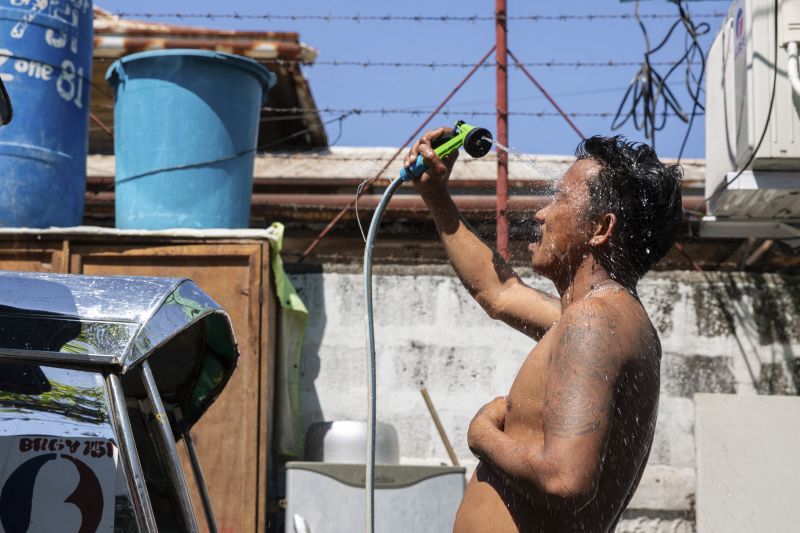The sweltering heatwave that recently swept across the Gaza Strip not only escalated the health risks associated with extreme temperatures but also intensified the prevailing humanitarian crisis in the region. New data lends credence to the assertion that climate change is the accelerant behind such calamitous environmental phenomena, further jeopardizing the already precarious living conditions in Gaza.
Gaza’s heatwave was not an isolated incident but part of a broader pattern of escalating global temperatures. This persistent temperature rise, widely attributed to human-made climate change, significantly exacerbates the frequency and intensity of heatwaves worldwide. Elucidating this causative link, a consortium of researchers has corroborated that the heatwave experienced in Gaza was indeed the result of climate change. Through advanced climate modeling techniques, they examined historical and current weather conditions and have credited climate change for the increased likelihood and severity of such intense heatwaves.
This revelation underpins the wider implications of climate change, particularly in conflict-torn regions like Gaza where resilience to such extreme events is acutely compromised. The intensifying heatwave has strained Gaza’s already beleaguered infrastructure and critical services. Water, a resource in critical short supply, became even scarcer during the heatwave, as increased evaporation rates drained existing supplies and power shortages limited the functioning of desalination plants. Moreover, limitations on fuel supply hindered the operation of critical facilities such as hospitals, heating homes, and cooking.
Coupled with these infrastructural strains, the heatwave also had direct health implications. The elderly, infants, and people with existing health conditions found themselves most vulnerable in the face of extreme temperatures. The lack of air conditioning due to electricity shortages and inability to procure drinking water exacerbated pre-existing health conditions, leading to a surge in heat-related illnesses and deaths.
Moreover, the Gaza Strip’s limited habitable land and high urban density add another layer of complexity to the situation. Gaza’s overcrowded urban areas, formed of concrete and asphalt, trap heat more effectively than rural areas resulting in ‘urban heat islands.’ These heat islands intensify during heatwaves, making urban living significantly more dangerous and unbearable during these periods of extreme heat.
What the recent heatwave in Gaza starkly illustrates is the intersection between environmental and social vulnerabilities. Climate change is not just a global environmental problem; it is also a devastating amplifier of social inequalities and human rights issues. The residents of Gaza, already facing severe humanitarian crises due to conflict, economic depravation, and resource scarcity, now must confront a rising global threat – the exacerbation of extreme weather events caused by climate change. While the world grapples with transforming environmental policies and implementing sustainable practices, regions like Gaza bear the brunt of the delay in global climate action.
However, hope is not entirely lost. Evidence suggests that mitigating climate change can significantly reduce the frequency and intensity of these extreme weather events. The case of Gaza calls for an integrated approach to confront environmental and humanitarian crises. It necessitates the importance of enhancing climate change preparedness, integrating it with conflict resolution and humanitarian efforts, providing people the capacity to adapt to future climate change-induced extremes.
In retrospect, Gaza’s heatwave was more than a mere weather event. It serves as a stark reminder of climate change’s life-threatening reality — a global crisis turned local that endangers lives, livelihoods and intensifies humanitarian crises. As such ongoing crises are likely to become more common and more severe, the need to treat climate change as not just an environmental issue, but an issue of global security, social justice, and survival becomes increasingly evident.




